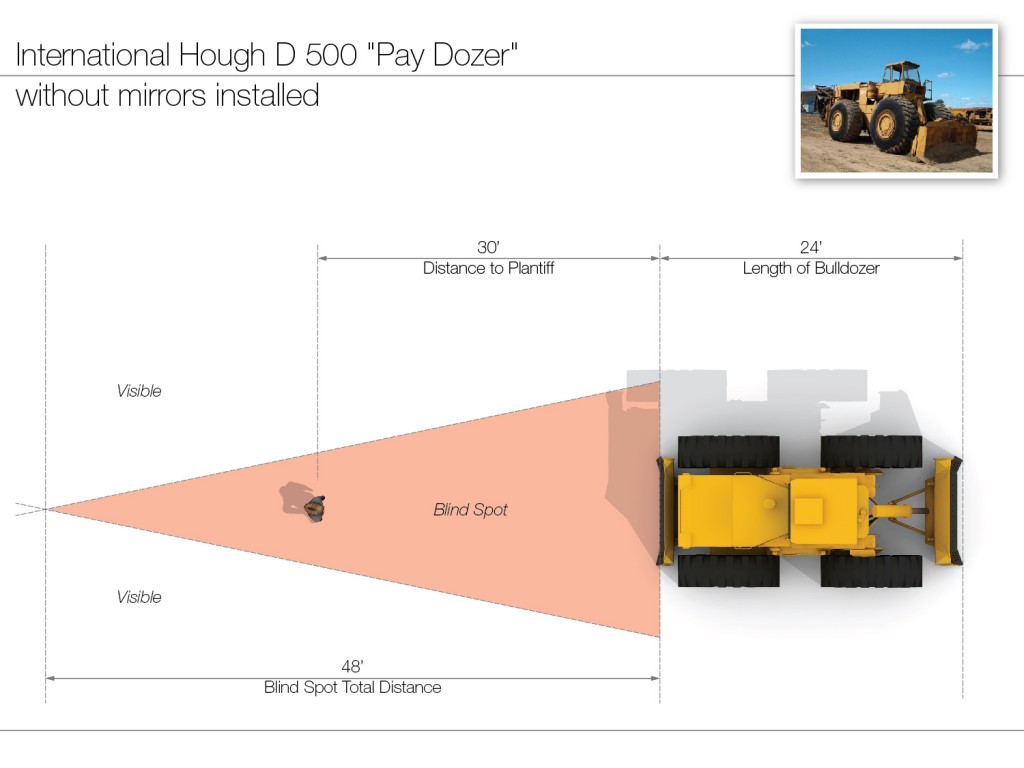 I recently had the opportunity to do something quite fun. My torts professor from law school asked me to teach a class on “the real practice” of tort law. I got the opportunity to lecture, to show some examples of demonstrative evidence to prove a case, and to call on the unsuspecting students. This all stemmed in part from last year’s New York Times article What They Don’t Teach Law Students: Lawyering. My great torts teacher, Larry Levine at Pacific McGeorge School of Law, had been wanting for some time to introduce a much more practical aspect of practicing law into his classroom. That article prompted our discussion, and I was happy to try and share what I can about practicing litigation.
I recently had the opportunity to do something quite fun. My torts professor from law school asked me to teach a class on “the real practice” of tort law. I got the opportunity to lecture, to show some examples of demonstrative evidence to prove a case, and to call on the unsuspecting students. This all stemmed in part from last year’s New York Times article What They Don’t Teach Law Students: Lawyering. My great torts teacher, Larry Levine at Pacific McGeorge School of Law, had been wanting for some time to introduce a much more practical aspect of practicing law into his classroom. That article prompted our discussion, and I was happy to try and share what I can about practicing litigation.
Bringing real-world training to law school is a big topic facing the profession, especially now when jobs are scarce for debt-ridden law grads (see, for example, this Washington Post article from a week ago). Our profession traditionally has been adverse to teaching students how to do the types of things they will actually spend most of their time doing when they become lawyers, such as depositions, case evaluations, discovery, motions and other rather mundane but vital practices. Larry and I wanted to expose his students to more of the issues and tasks they may encounter in prosecuting or defending tort actions.
The class was studying res ipsa loquitur, standards of care and negligence per se. I wanted to show how to work up some of the cases from their book and tackle practical issues about how to evaluate the case, what to ask for in discovery and so forth. Additionally, I demonstrated the benefit of developing visual aids. As the graphics below illustrate, demonstratives significantly enhance the understanding and retention of information for a case presentation at mediation or trial.
Our first case was Pike v. Hough, which deals with a product defect claim involving a bulldozer. The plaintiff claimed that mirrors on the side of the vehicle would have allowed the driver to see behind it and would have prevented the injury to plaintiff, who was directing traffic behind the vehicle and got run over. I had our firm’s creative director, Joyce Hsu, develop the following graphics to show the equipment as it existed and as the plaintiff alleges it should have been.




These diagrams were a big hit in class and really brought to life what is otherwise one case out of many in a torts law book. Attorneys know that how you work up a case to prove it is just as important as what the law is. The most common cases are not disputes about the law itself, but who should win under settled law. I greatly appreciated the opportunity to return to the classroom and work with the students, and I look forward to teaching another installment at the school next week.
If any attorneys reading this have good real-world stories on tort case evaluation or discovery issues that they have encountered, I would love to hear about them to include in upcoming classes that I’ll teach. I also encourage all attorneys to consider volunteering time at their law schools in a similar way to help bring more practical instruction to law school, which is a big help to the students and a great experience as well.

